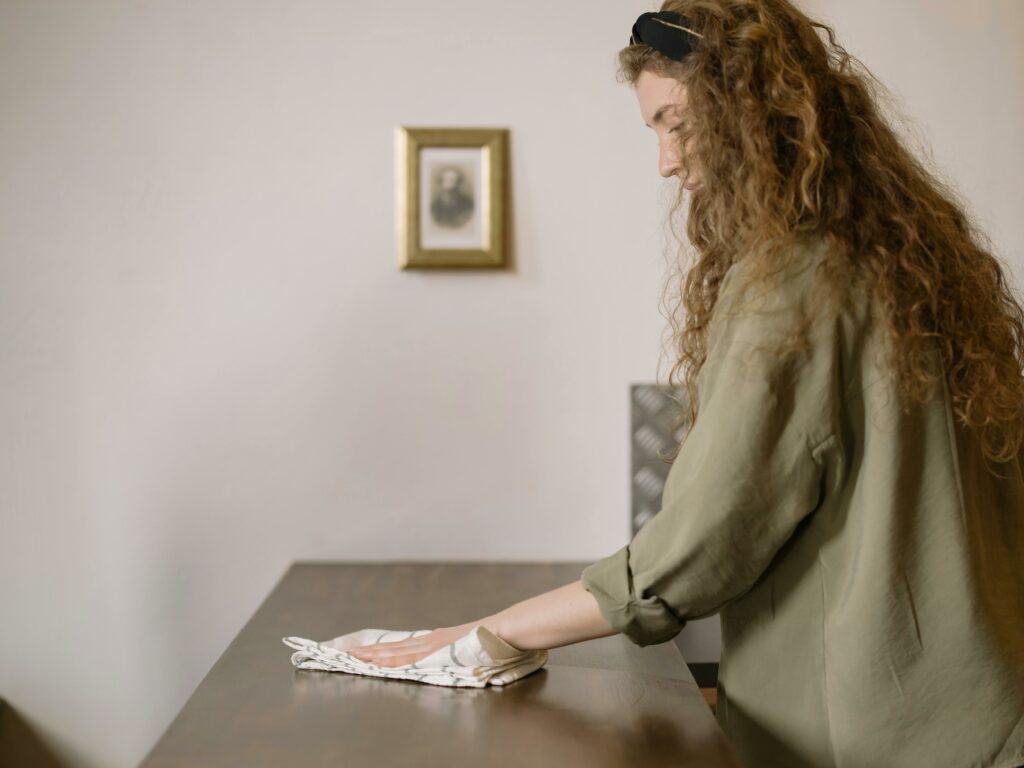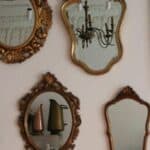Cleaning antique furniture is a steadfast way to keep your décor looking spic and span, what’s more, you’ll actually be assisting in its preservation! As experts in vintage and antique furniture, our Essex antique dealers are well-versed when it comes to the upkeep of your products. This week, we take a closer look at the benefits of using the correct cleaning techniques and some preservation tips for different materials.
The Benefits
Amongst the hustle and bustle of life, often, the last thing we want to be doing is making time for the cleaning. However, when it comes to your antique items, taking just a few moments to clean and care for them can significantly benefit their appearance and longevity. Our advice would be not to wait for them to get covered in dust, but to be proactive in your approach and schedule ten minutes out of your week to give them the care they deserve. Remember, antiques are an investment, so it will always fare you well to keep them in the best condition possible.
Some of the key advantages of efficient cleaning include:
Preservation of Material
Cleaning antique furniture regularly helps in preserving the material of the furniture. Whether it's wood or fabric, dust and dirt can accumulate and lead to deterioration over time. Did you know that dust particles can actually act like sandpaper, causing scratches on wooden surfaces over time? By keeping your antique furniture clean, you help to prolong its lifespan by removing potentially harmful debris, treating the surface with the appropriate products and preventing wear and tear.
Prevention of Damage
Proper cleaning can prevent damage from pests, such as termites or woodworm, which are attracted to dirty and neglected furniture. Alongside cleaning, don’t forget to take a quick look for signs of damage caused by critters every couple of months.
Enhancing Aesthetic Appeal
Cleaning restores the original lustre and beauty of antique furniture. Removing grime, stains, and build-up can bring out the wood’s natural grain, patina, and craftsmanship details that can easily be hidden. Clean furniture also contributes to a healthier and fresher living environment. Not only does this look tidier, but it eliminates dust and allergens that could affect the indoor air quality.
Maintaining Value
Antique furniture often holds its significant monetary and sentimental value. Well-maintained pieces are more likely to retain or even increase their value over time. Collectors and buyers are more interested in pieces that have been properly cared for, so if you’re thinking of selling-on one day, a quick clean on a frequent basis will benefit you further down the line.
How To Clean Antique Furniture
When it comes to cleaning antique furniture, some items will need specialist attention. Here are our tips for some of the most common vintage materials.
Wood
Cleaning antique wood requires careful handling, so you can begin by gently dusting the surface with a soft cloth or using the vacuum with a soft brush attachment to remove loose dirt and dust. A polished finish can also be achieved by using the cloth to buff the wooden surface – if polish solution is being used, be sure to test it on a small inconspicuous area of the wood to ensure it doesn’t damage the finish. Leave to air dry after cleaning. Our advice would be to avoid using water and soap when cleaning antique wood pieces. For details and crevices, use cotton swabs to remove dust and dirt. Do not use harsh chemicals, abrasive cleaners, or excessive moisture, as these can damage the wood’s finish and structure.
Always handle antique wood with care and avoid placing it in direct sunlight or in areas with high humidity.
Silverware
If your antique silverware is tarnished, there are a few ways you can make them sparkle again!
- Silver Polish: Specifically designed to clean and shine silver, simply apply a small amount of silver polish to a soft cloth and buff it onto the silver in a circular motion.
- Silver Dip: This is a chemical solution that removes tarnish from silver. Dip your silver into the solution for a few seconds, then remove it and rinse it off with water. Be sure to follow the instructions on the packaging carefully.
- Baking Soda Paste: For a natural alternative, mix baking soda and water together in equal parts to form a thick paste. Apply the paste to the silver and let it work in for a few minutes. Rinse off with water and dry with a soft cloth. This method is great for removing tarnish and giving shine.
Glassware
With glassware, such as wine glasses, gently hand wash in warm soapy water and dry with kitchen towel. Don’t put them in the dishwasher, as this exposes them to extreme temperatures which could result in breakage.
To clean mirrors and brighten cloudiness, simply apply a little distilled white vinegar or alcohol on a cotton pad or microfibre cloth and gently wipe over. Don’t spray anything directly on the mirror as this can create tarnish marks. Leave to airdry.
Fabric
Cleaning antique furniture can also include fabric items. Vintage upholstered surfaces should be vacuumed gently using the brush attachment to collect any dust and dirt. For stain removal, gently use a mild cleaning product and tepid water on a soft fabric, foam, or spongy material. Apply pressure in circular motions to lift dirt without damaging fabric fibres.
A mild detergent mixed with warm water is often the best choice for delicate antique upholstery. However, it’s best to test the solution on an inconspicuous area first to ensure it won’t damage the fabric. Make sure you wipe again thoroughly using a clean cloth dipped in water so that no residue remains behind. Let the fabric air dry and avoid heated environments.
Get in Touch
We hope these tips on cleaning antique furniture come in handy! Here at Village Vintage, we love what we do and are passionate about delivering the best results for our valued customers. If you’re looking for unique vintage pieces and antique furniture, we’d love to help! Simply get in touch with us by filling out our contact form and one of our friendly team will get back to you.






